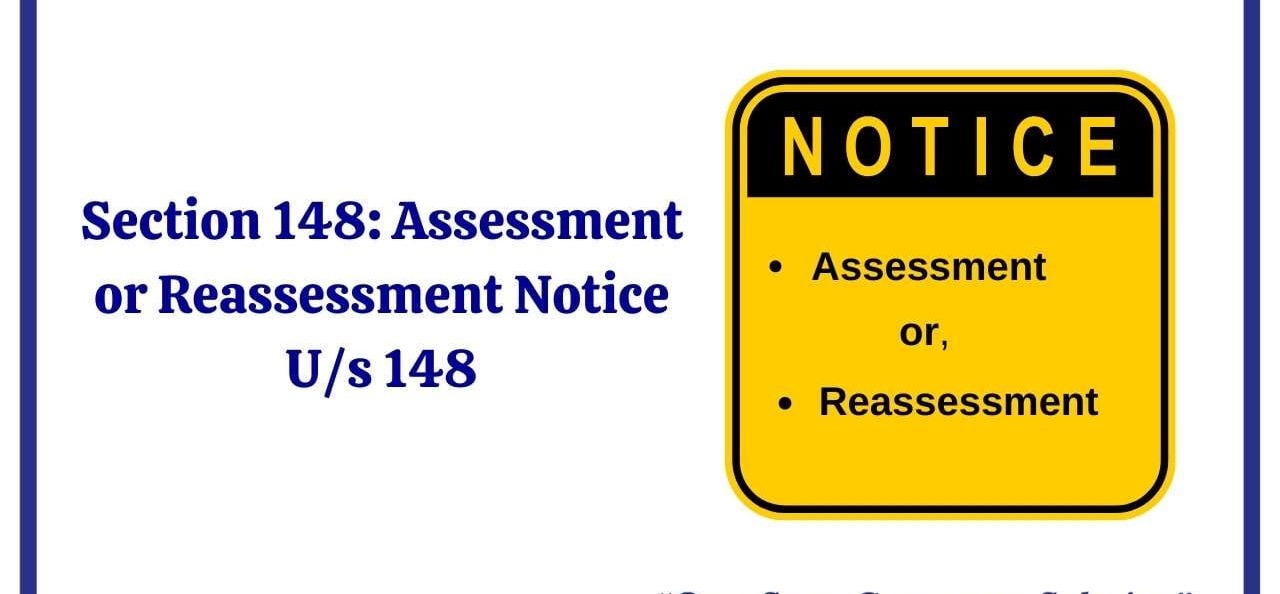T.K. Kochu Thommen, J.@mdashThe assessee is the revision-petitioner in each of these two cases. For the assessment years 1974-75 and 1975-76, the assessee contended that the turnover representing the sale proceeds of woollen carpets sold by it to Air India was exempt from tax u/s 9 of the Kerala General Sales Tax Act, 1963 (the "Act"), read with item 7 of the Third Schedule to the Act. This contention was rejected by the assessing authority as well as by the appellate authorities. The petitioner made "wool jute based loop pile carpets" specially for the purpose of Air India, Indian Airlines and such other customers. These carpets were fireproof because of the prevulcanised latex mixed with hydraulic alumina coating at the base. The carpets admittedly consist of 60 per cent of wool in addition to jute and other material. The petitioner''s contention that it was exempt under the relevant entry as woollen fabric was rejected for the reason that the coating of prevulcanised latex mixed with hydraulic alumina changed the character of the commodity so as to take it out of the relevant entry.
2. Section 9 exempts from tax the goods specified in the Third Schedule to the Act. Entry 7 of the Third Schedule reads:
Cotton fabrics, woollen fabrics and rayon or artificial silk fabrics as defined in items Nos. 19, 21 and 22 respectively of the First Schedule to the Central Excises and Salt Act, 1944.
The relevant item in the First Schedule to the Central Excises and Salt Act, 1944, provides:
''Woollen fabrics'' means all varieties of fabrics manufactured wholly of wool Or which contain 40 per cent or more by weight of wool and include blankets, lohis, rugs, shawls and embroidery in the piece, in strips or in motifs :
Provided that in the case of embroidery in the piece, in strips or in motifs, the percentage referred to above shall be in relation to the base fabrics which are embroidered.
The Tribunal affirming the decision of the authorities below held :
...There is no dispute about the wool content of the carpet. But the question is whether the carpet sold by the appellant to the Air India is woollen fabrics simpliciter. The carpet is woven on handloom. The jute base provided to carpet is also woven along with the weaving of carpet. After weaving the carpet something more is done on it. A solution of prevulcanised latex mixed with hydraulic alumina is coated at the base of the carpet. Then it is cut into required sizes. These facts are not disputed by the appellant. What is emerged out of this process, is a manufactured product, i.e., something more than woollen fabrics.
This observation shows that the Tribunal understood the commodity sold as an article other than "woollen fabric" as defined under the Act. The reason for so finding appears to be that the carpet underwent a manufacturing process by reason of two facts: (1) the base of the carpet is coated with prevulcanised latex mixed with hydraulic alumina and (2) the carpet is cut into required sizes.
3. It is not disputed by the Revenue that the carpet is manufactured in the correct proportion of wool and other materials so as not to fall outside the ambit of the entry. The entry prescribes a minimum mix of 40 per cent of wool by weight, whereas admittedly the carpet is made of 60 per cent of wool by weight. The question then is whether by reason of the coating with the solution and the slicing of the carpet, what was originally manufactured as a woollen fabric ceased to be the same commodity. It does not seem to have been appreciated that the undisputed facts do not indicate that the carpet as originally manufactured did change its identity as carpet or as woollen fabric by reason of the base coating or cutting. The identity remains the same, notwithstanding the coating or the slicing of the article into sizes. There is no evidence that what was manufactured as woollen carpet was sold as a different commodity by reason of the coating and the slicing. Functionally the carpet, as originally manufactured, retained its character, it continued to be sold, understood and used as a carpet. In common parlance it remained a woollen carpet notwithstanding the processing by means of coating with the solution or cutting into sizes. Significantly, the entry itself speaks of pieces or strips.
4. A fabric is understood by the Supreme Court in Delhi Cloth & General Mills Co. Ltd. v. State of Rajasthan [1980] 46 STC 256 as a term which covers all textiles, no matter how constructed or how manufactured, or the nature of the material from which it was made. "Textile" was understood by the Supreme Court as any product manufactured from fibres through twisting, interlacing, bonding, looping, or any other means, in such a manner that the flexibility, strength and other characteristic properties of the individual fibres are not suppressed. Any woven material is therefore a textile. A woollen fabric does not thus change its character for the purpose of the entry so long as it is a textile, no matter how constructed, how manufactured or the nature of the material from which it was made, provided the woollen mix is not less than 40 per cent by weight. The admitted facts show that that was the position in the present case. See also the principle stated by the Supreme Court in Sterling Foods v. State of Kamataka [1986] 63 STC 239 and Atul Glass Industries (P.) Ltd. v. Collector of Central Excise [1986] 63 STC 322 and by this Court in Kesavan & Co. v. Assistant Commissioner of Sales Tax [1976] 37 STC 221, Manager, Pulpally Devaswom v. State of Kerala [1977] 40 STC 350 and Radha''s Fancy Piece Goods Merchants v. State of Kerala [1981] 48 STC 361.
5. In the circumstances we are of the view that the Tribunal and the authorities below wrongly held that the turnover representing the sale value of carpets sold by the petitioner-assessee to the Air India for the relevant assessment years 1974-75 and 1975-76 did not fall within entry 7 of the Third Schedule to the Act. The revision petitions are allowed in the above terms. No costs.

